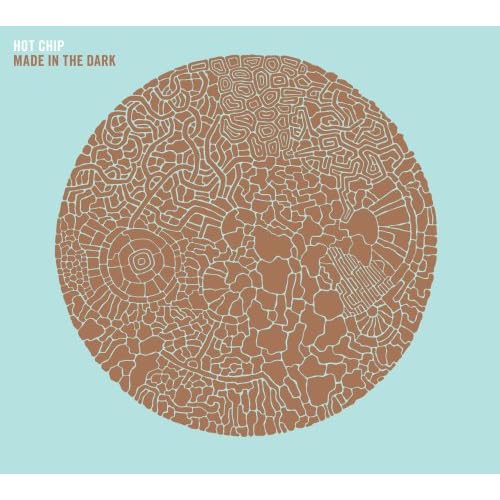This interesting story appeared for about 5 seconds on Yahoo's front page but then faded into oblivion. It was distrubuted by AIN, Asian International News, which provides multimedia news to China and bureaus in India. The AIN agency covers virtually all of South Asia and claims, on its official website, to be the leading South Asia-wide news agency. Their coverage includes general news, entertainment, lifestyles, business, science, sports and features.
So here are my thoughts and questions regarding the article, in no particular order:
1) How does a report from UCLA geographers end up on AIN distribution but not the AP of Rueters? Why doesn't make its way to the mainstream?
2) Why don't we here more about the Independent Commission on the Security Forces of Iraq and their assessment of events? This was a bipartisan commission that was headed by Gen. James Jones, and "reported to Congress in September 2007 on the readiness of the Iraqi Security Forces, their capabilities, and how support and training by U.S. forces contributes to the effectiveness of the ISF."
In a report to Congress in September of that year, General David Petraeus claimed that "the military objectives of the surge are, in large measure, being met."
However, a report the same month by an independent military commission headed by retired U.S. General James Jones attributed the decrease in violence to areas being overrun by either Shiites or Sunnis.
3) What's up with the ethnic cleansing referred to by the UCLA team and Dr. John Agnew, in addition to the September 2007 report?
Night light in neighborhoods populated primarily by embattled Sunni residents declined dramatically just before the February 2007 surge and never returned, suggesting that ethnic cleansing by rival Shiites may have been largely responsible for the decrease in violence for which the U.S. military has claimed credit.
4) This UCLA team is not a group of hacks, if you will, and their research seems easy enough to understand.
Dr. Agnew states that "by the launch of the surge, many of the targets of conflict had either been killed or fled the country, and they turned off the lights when they left."
Baghdad's decreases were centered in the southwestern Sunni strongholds of East and West Rashid, where the light signature dropped 57 percent and 80 percent, respectively, during the same period.
I'm obviously rambling on a bit, but it's stuff like this that confuses me and intrigues me. Will this report make its way to Obama, and if it did, would anyone believe him if he tried to use it to support his position against the surge? Would the general public even be able to understand the significance of something like this? We have to be diligent to seek out and find the truth about what is happening in Iraq. Thanks to Dr. Agnew for his important work.








No comments:
Post a Comment